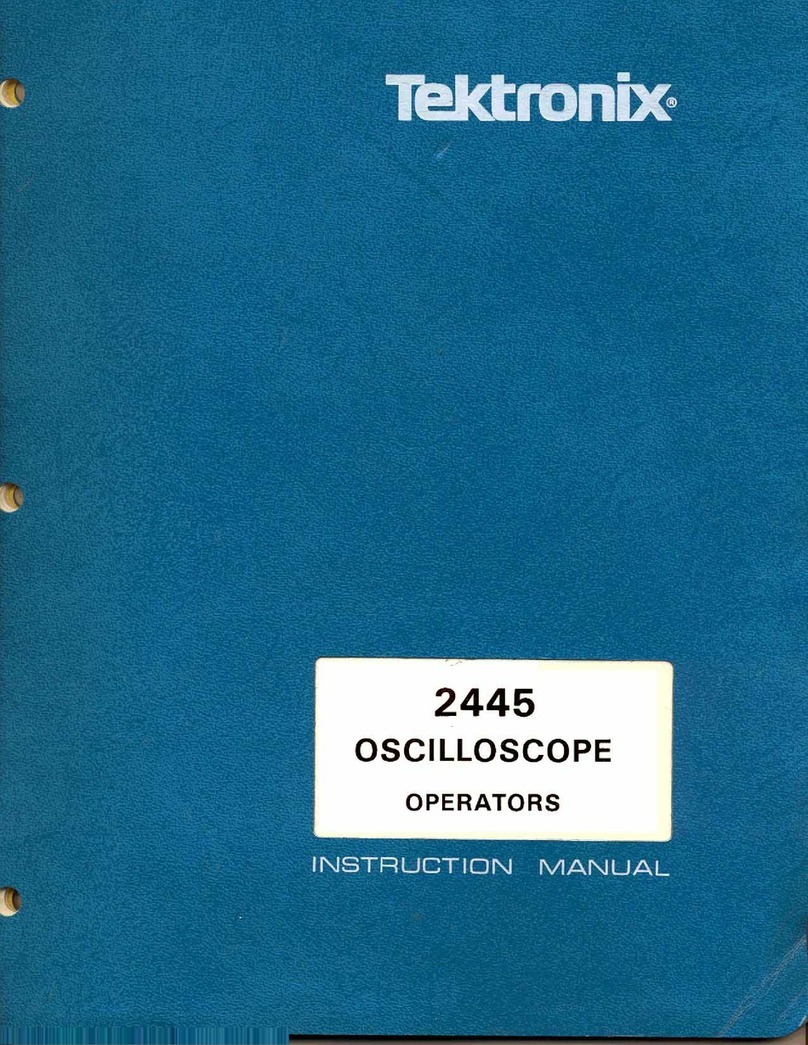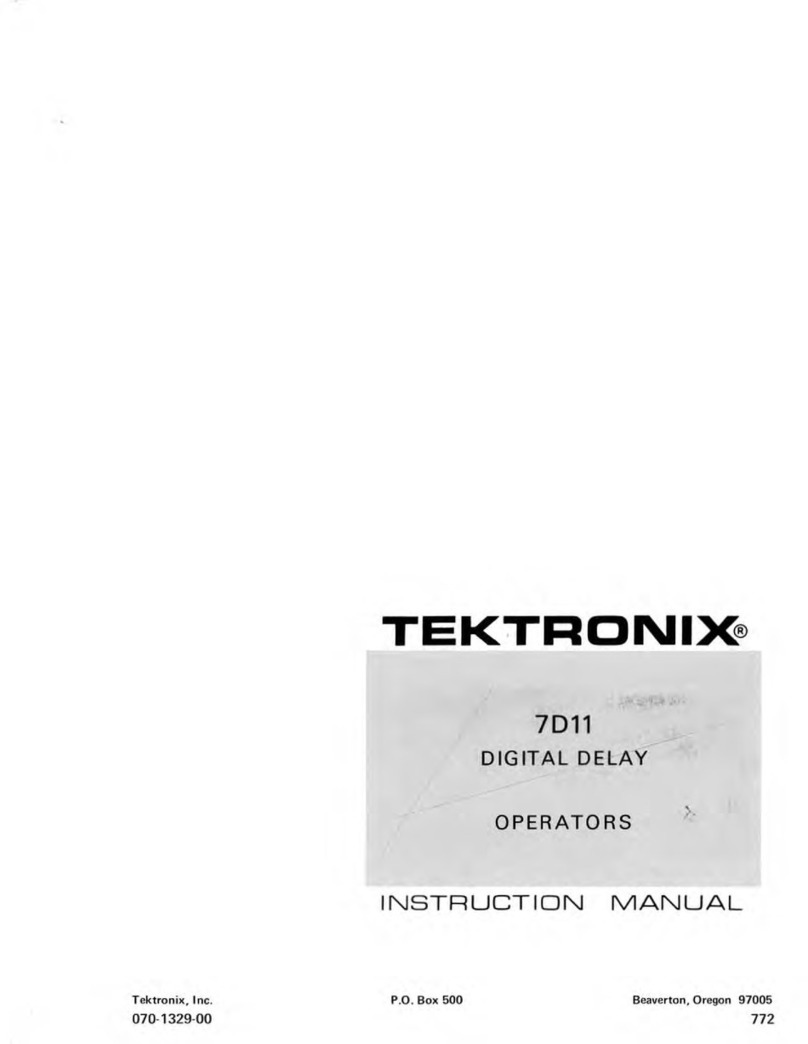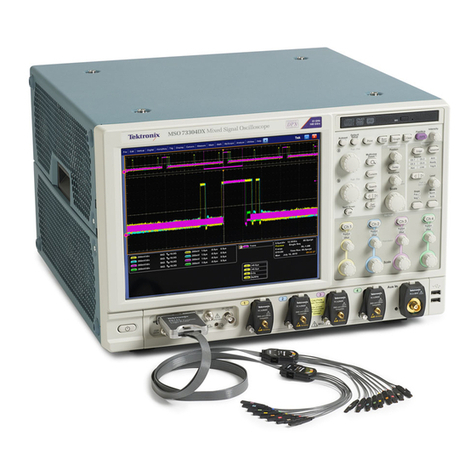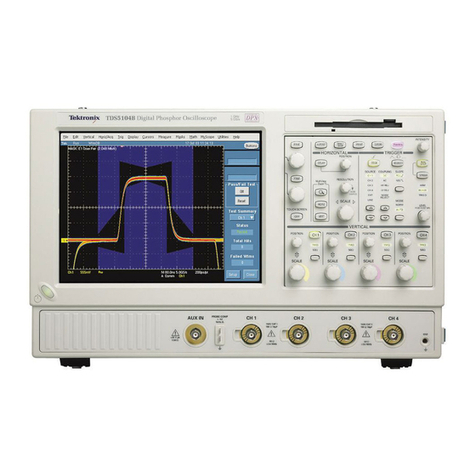Tektronix 2440 User manual
Other Tektronix Test Equipment manuals
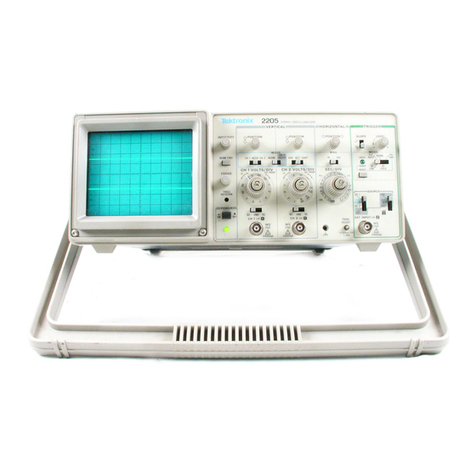
Tektronix
Tektronix 2205 User manual

Tektronix
Tektronix 453 User manual
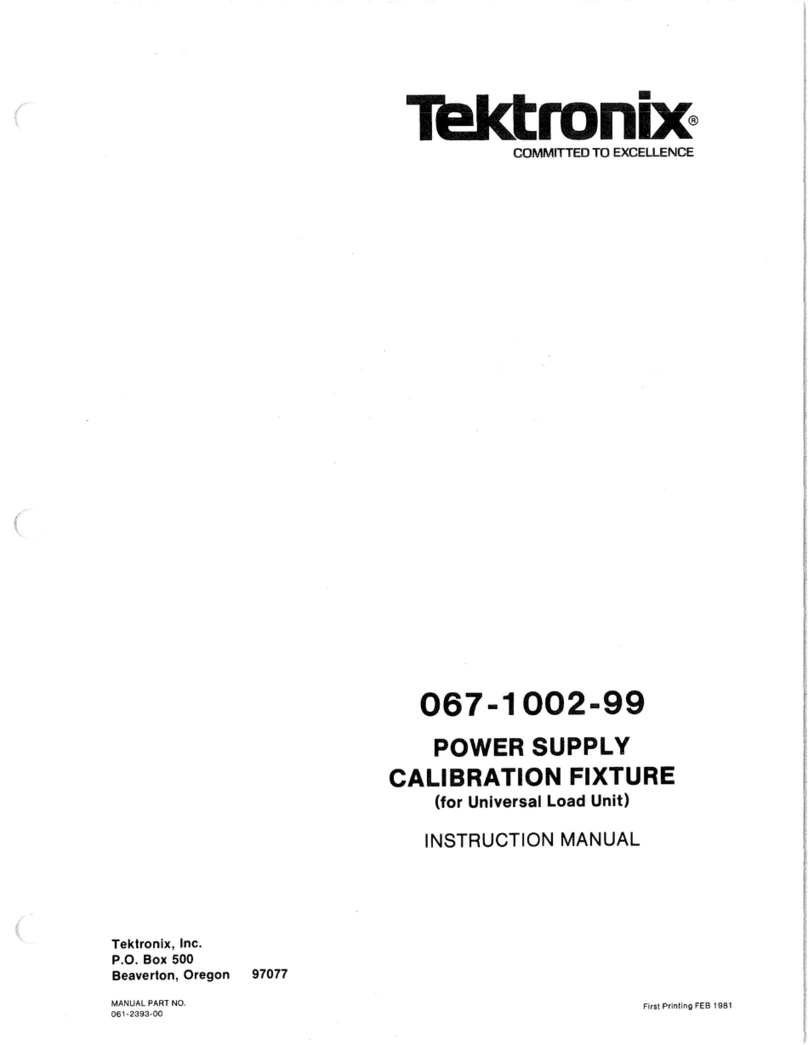
Tektronix
Tektronix 067-1002-99 User manual
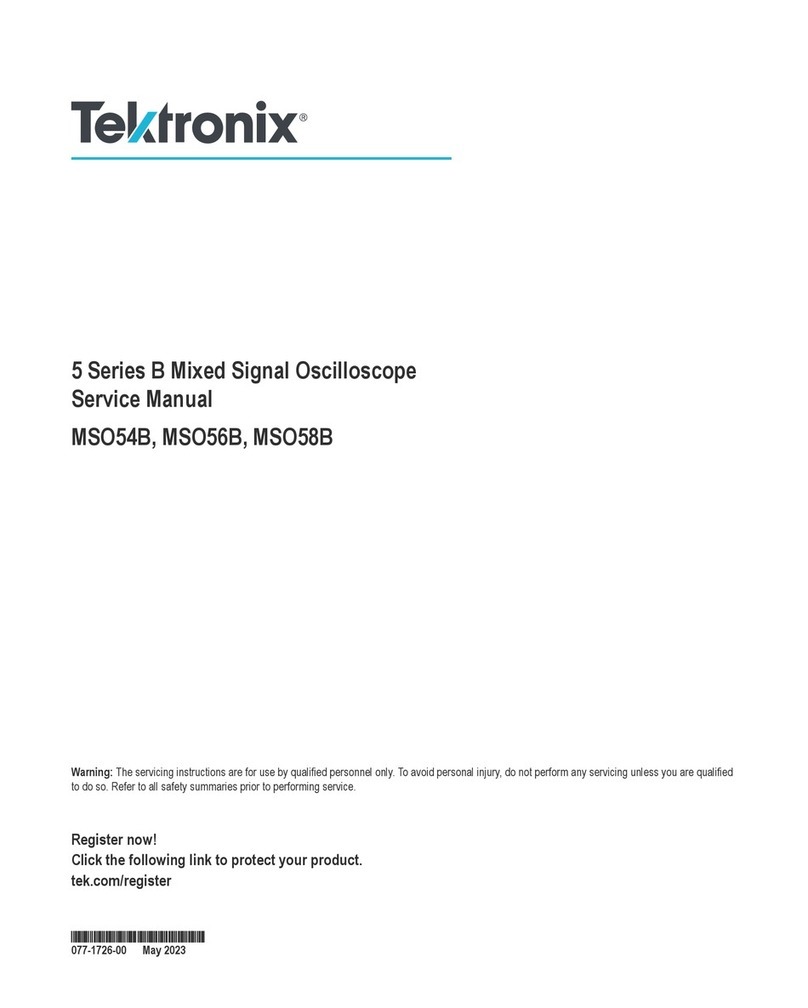
Tektronix
Tektronix MSO54B User manual

Tektronix
Tektronix 2402A User manual
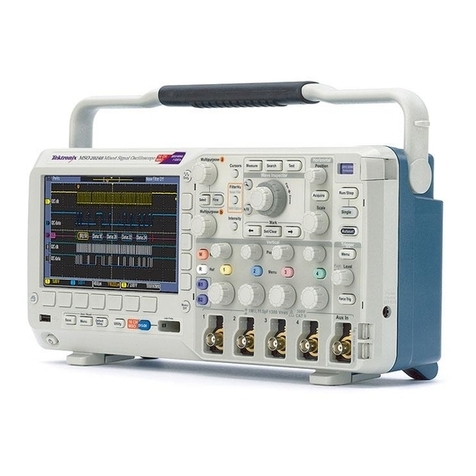
Tektronix
Tektronix DPO2000 Series User manual
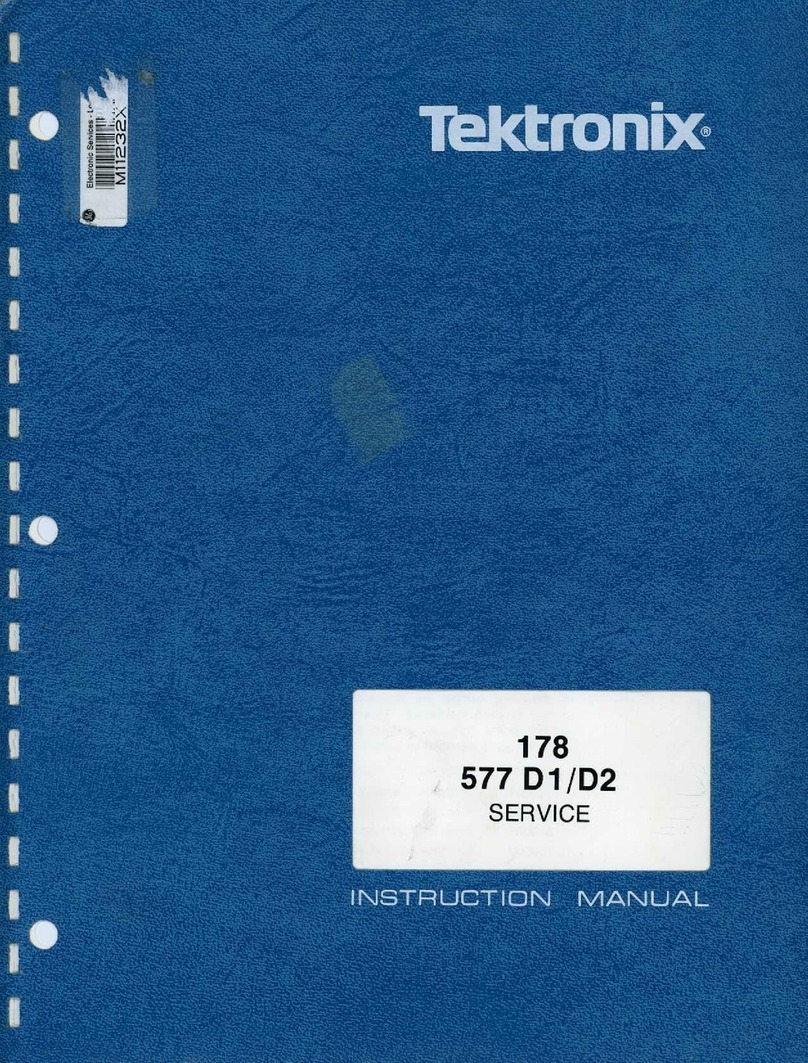
Tektronix
Tektronix 178 User manual
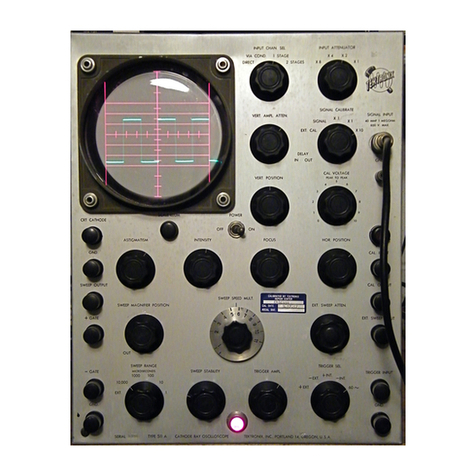
Tektronix
Tektronix 511A-AD User manual
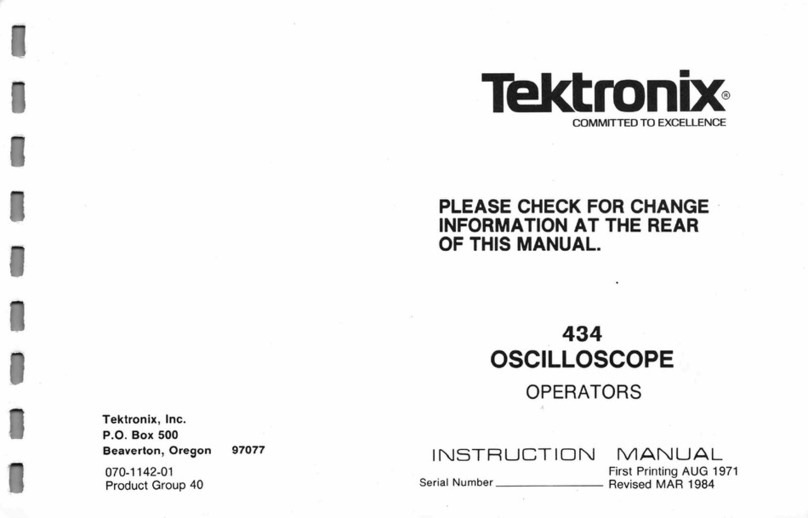
Tektronix
Tektronix 434 User manual
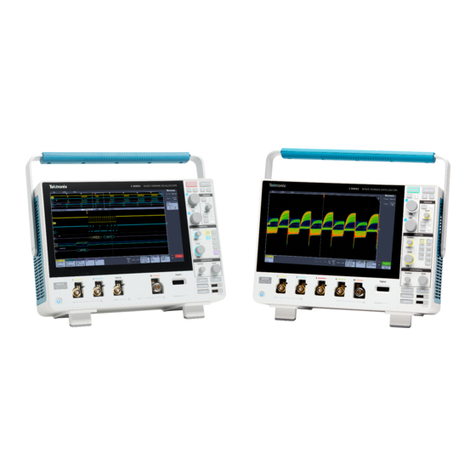
Tektronix
Tektronix MDO34 User guide
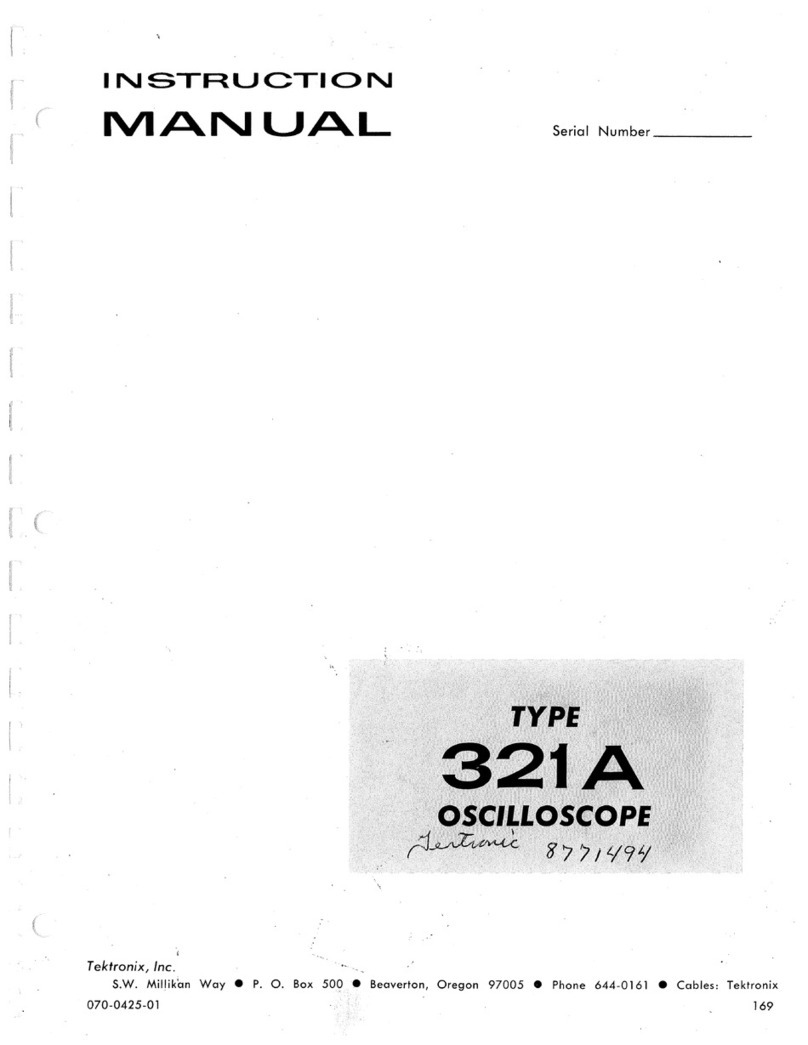
Tektronix
Tektronix 321 A User manual

Tektronix
Tektronix 321 A User manual
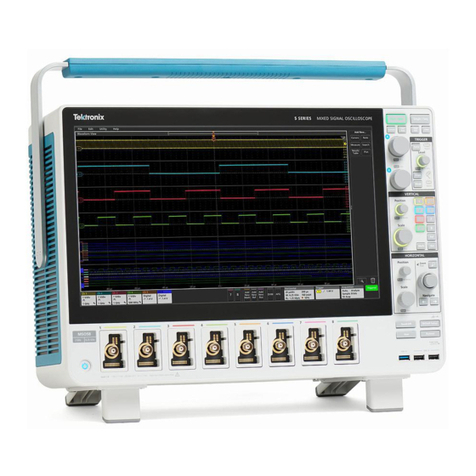
Tektronix
Tektronix 5 Series User guide
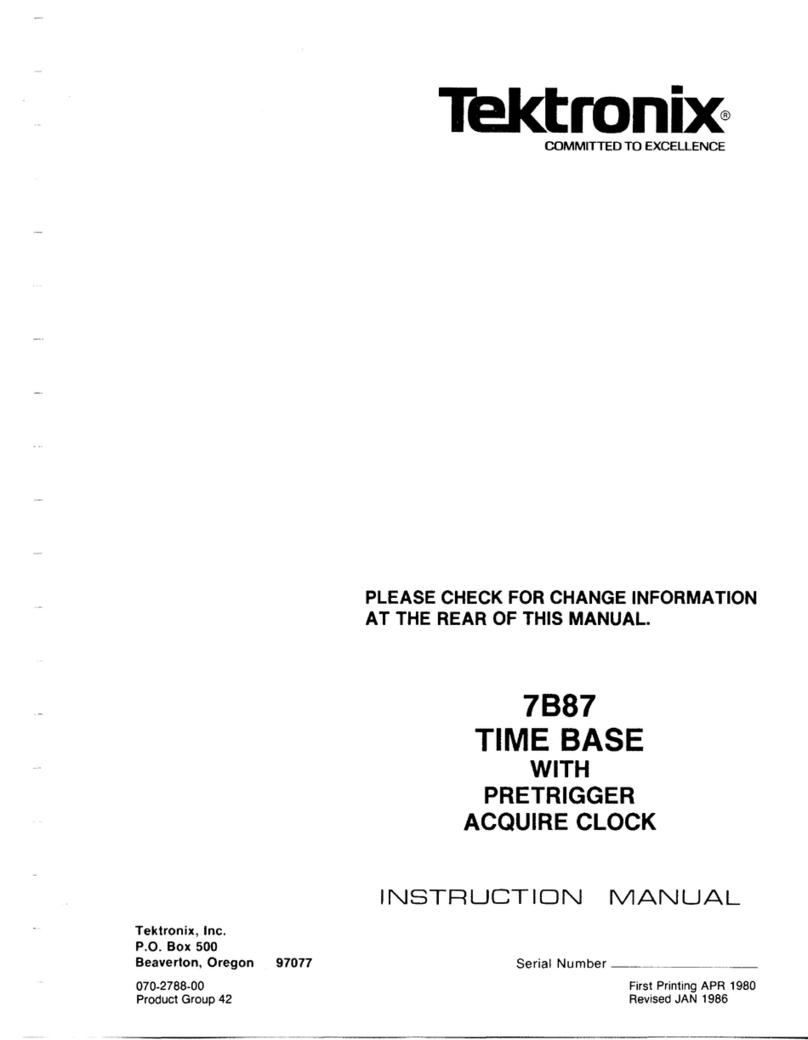
Tektronix
Tektronix 7B87 User manual

Tektronix
Tektronix P6133 User manual
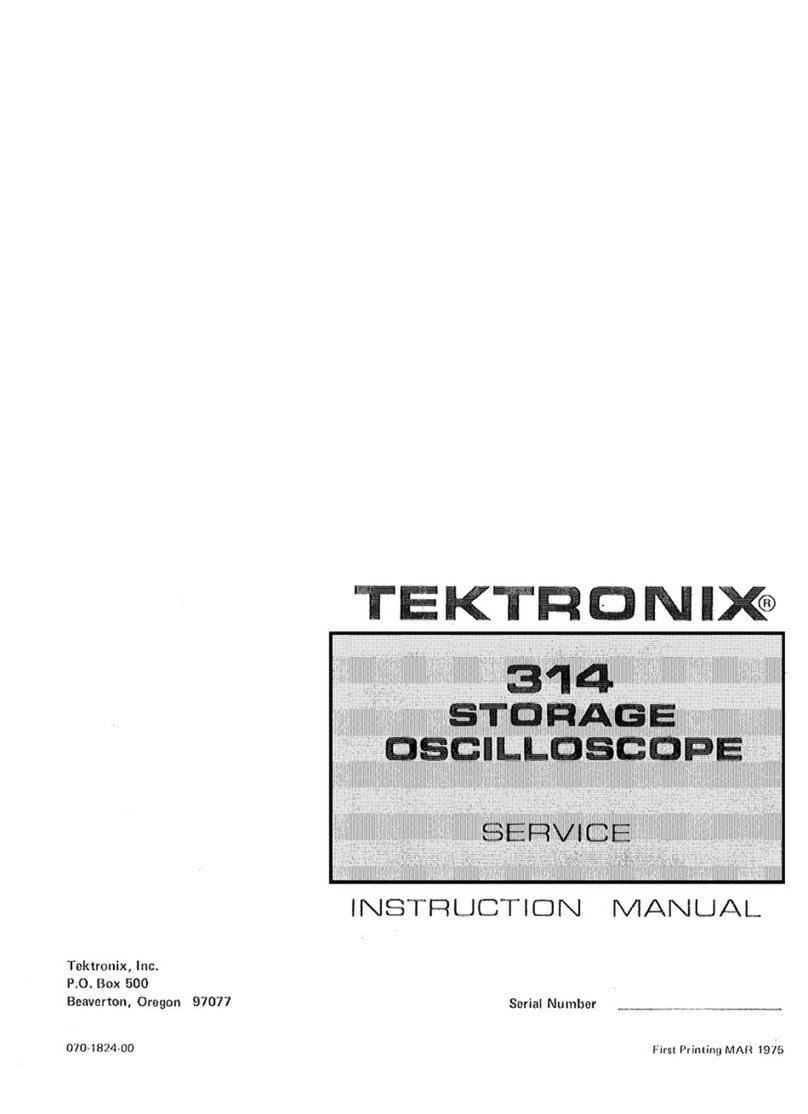
Tektronix
Tektronix 314 User manual
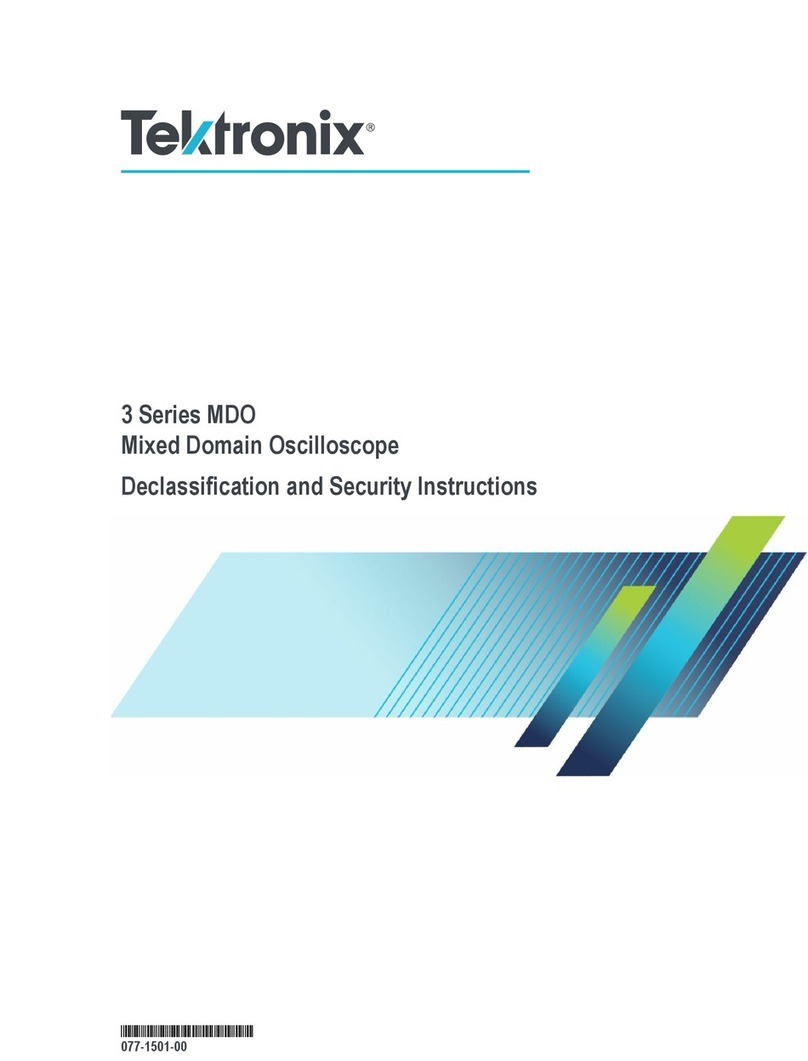
Tektronix
Tektronix MDO32 Installation and maintenance instructions
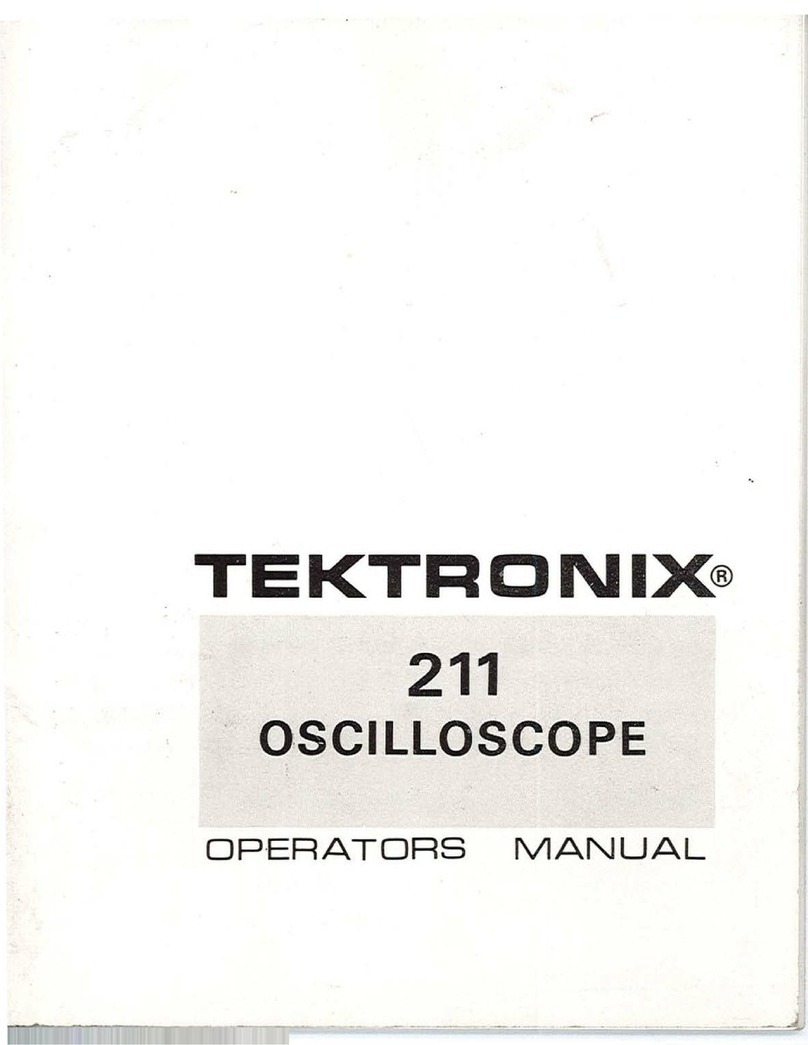
Tektronix
Tektronix 211 User manual

Tektronix
Tektronix 305 DMM User manual

Tektronix
Tektronix P6136 User manual
Popular Test Equipment manuals by other brands

Redtech
Redtech TRAILERteck T05 user manual

Venmar
Venmar AVS Constructo 1.0 HRV user guide

Test Instrument Solutions
Test Instrument Solutions SafetyPAT operating manual

Hanna Instruments
Hanna Instruments HI 38078 instruction manual

Kistler
Kistler 5495C Series instruction manual

Waygate Technologies
Waygate Technologies DM5E Basic quick start guide

StoneL
StoneL DeviceNet CK464002A manual

Seica
Seica RAPID 220 Site preparation guide

Kingfisher
Kingfisher KI7400 Series Training manual

Kurth Electronic
Kurth Electronic CCTS-03 operating manual

SMART
SMART KANAAD SBT XTREME 3G Series user manual

Agilent Technologies
Agilent Technologies BERT Serial Getting started
